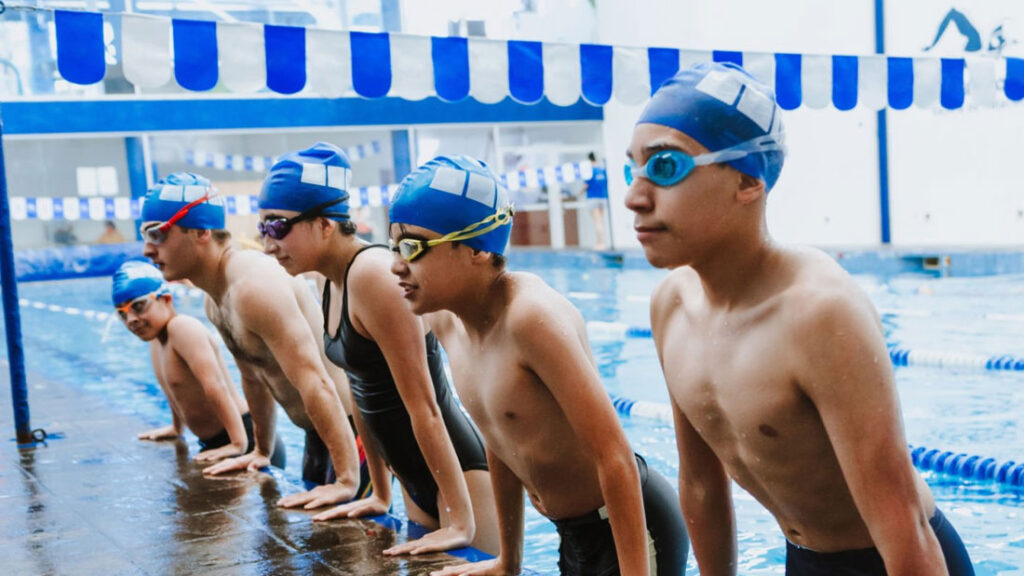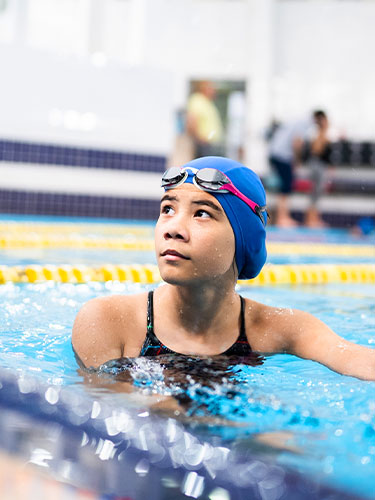Awareness Is Key to Recognizing Signs of Grooming in Sport
For Parents
How do you tell the difference between a caring adult and one grooming your child for abuse? Explore patterns and behaviors to be aware of.

Is it okay for a coach to repeatedly work one-on-one with a child after practice? What if an assistant coach or older volunteer develops a pattern of secretly texting a teen athlete?
Do these actions constitute grooming?
Sport is a valuable opportunity for kids to build self-esteem and grow in meaningful ways. But when grooming occurs, it can have serious, long-lasting consequences, causing the athlete being targeted to feel uncomfortable or put them at risk of being abused.
Parents and guardians can help by being aware of and responding to inappropriate behavior early. But when it comes to grooming, how do you tell the difference between a caring adult and one grooming your child for abuse?
Understanding what grooming is.
When your child starts playing a sport, they often increase their circle of safe and supportive adults—like coaches, other parents, and team volunteers. Children can be instinctually trusting, but some adults or older youth may take advantage of this trust to groom a child for abuse.
Grooming is when someone engages in a series of manipulative behaviors in order to sexually abuse a child. Abusers often use trust-building actions, like offering special gifts or opportunities to the child or to their family members.
Many parents miss early warning signs. They may not know what to look for or they do not want to consider that the adults who are closest to them could hurt a child. And because grooming involves manipulation, it can be challenging to detect.
Watch for these warning signs.
To identify grooming behavior, look for patterns in which someone:
- Goes beyond their role in sport. Be aware if someone engages you and your child to build trust beyond their role in sport, such as offering special treatment that no one else on the team receives.
- Isolates your child. Pay attention if an adult frequently finds ways to be alone with your child, such as repeatedly offering to drive them home after practice.
- Tests boundaries. Watch for behaviors that blur the line between appropriate and inappropriate. Examples of this might be telling your child to keep a secret or secretly communicating with them via text.
- Sexualizes interactions. Pushing sexual boundaries and introducing sexual topics and actions is another behavior to be aware of. Many of these behaviors are also sexual abuse.

Stay aware and respond.
By staying aware and taking the following actions, you can prevent and respond to grooming in sport:
- Speak up. When you see concerning behavior from coaches, volunteers, administrators, or older teenagers, say something.
- Keep lines of communication open. Let your child know they can come to you if they feel uncomfortable or if something is wrong. Tell them you will always believe them.
- Talk to your child about setting boundaries. Educate your child on how to set healthy boundaries for themselves and how to respect the boundaries of others.
Keep in mind that grooming can happen in person, online, by phone, or in a combination of ways. As a parent, learning what to be aware of can help you stop grooming early. Our Grooming in Sport handout contains additional information on how to recognize, prevent, and respond to grooming. Learn more about how you can help foster safe, positive sport settings for all by visiting our website at uscenterforsafesport.org.
